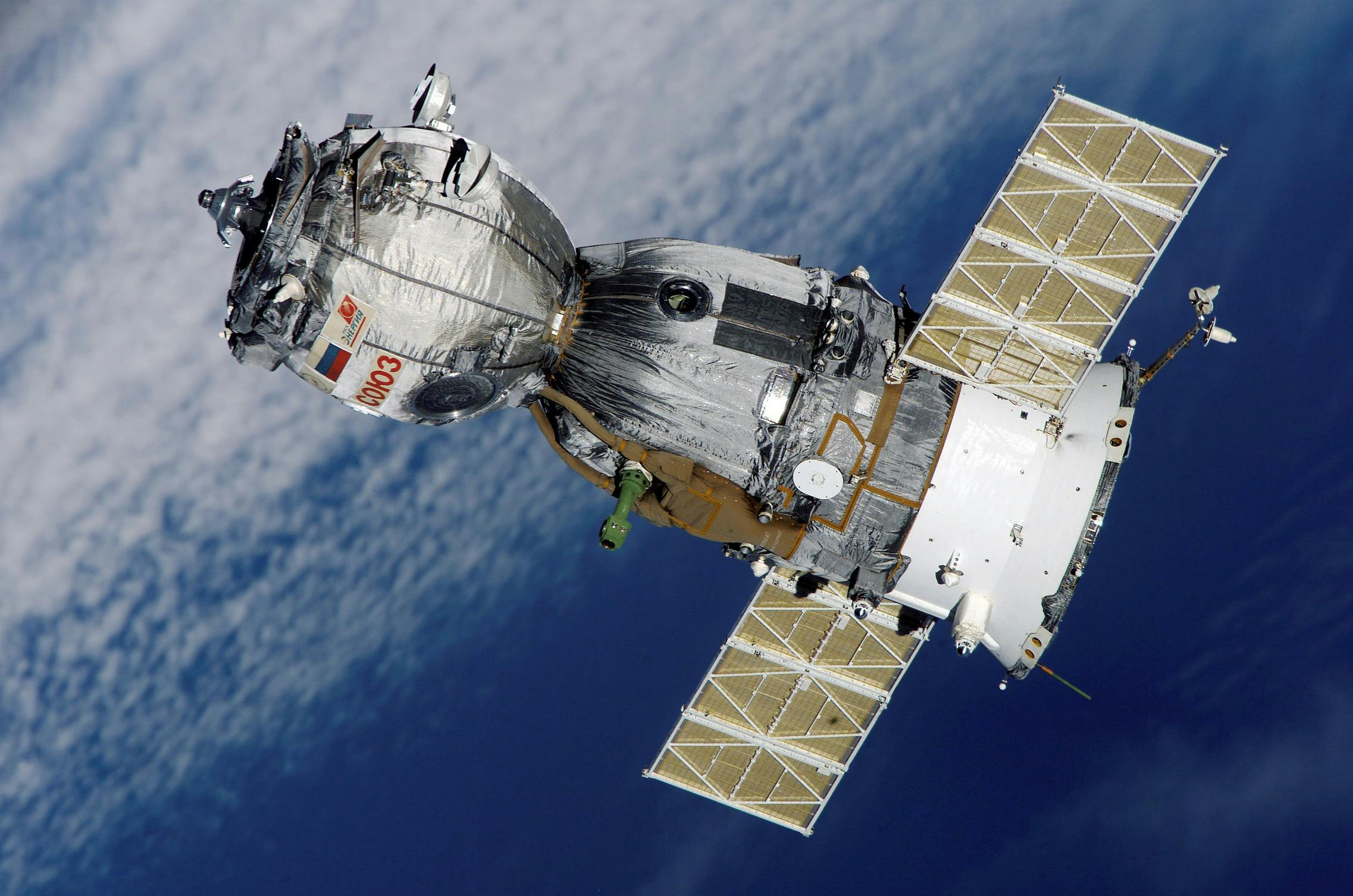Global Trends in Antimicrobial Use in Animals

Background:
- Antimicrobial drugs, commonly known as Antibiotics, are substances that either kill or inhibit the growth of microorganisms such as bacteria, fungi, viruses, and parasites.
- They are used to treat or prevent infections in humans, animals, and sometimes plants.
- WOAH (founded as OIE) is one of the standard-setting bodies recognized by the Agreement on the Application of Sanitary and Phytosanitary Measures.
- It is an intergovernmental organization responsible for improving animal health worldwide.
- In 2018, it had a total of 182 Member Countries. India is one of the member countries.
- WOAH develops normative documents relating to rules that Member Countries can use to protect themselves from the introduction of diseases and pathogens. One of them is the Terrestrial Animal Health Code.
- WOAH standards are recognised by the World Trade Organization (WTO) as reference international sanitary rules.
- It is headquartered in Paris, France.
Linkage:
- World Antimicrobial Awareness Week (WAAW):
- Held annually since 2015, WAAW is a global campaign that aims to raise awareness of antimicrobial resistance worldwide and encourage best practices among the general public, health workers and policy makers to slow the development and spread of drug-resistant infections.
- The Global Antimicrobial Resistance and Use Surveillance System (GLASS):
- WHO launched the GLASS in 2015 to continue filling knowledge gaps and to inform strategies at all levels.
- GLASS has been conceived to progressively incorporate data from surveillance of AMR in humans, surveillance of the use of antimicrobial medicines, and AMR in the food chain and in the environment.
- Global Database for ANImalantiMicrobial USE (ANIMUSE):
- It is an online platform facilitating data accessibility to support evidence-based decision-making.
- Global High-Level Ministerial Conference:
- The Third Global High-Level Ministerial Conference on Antimicrobial Resistance in 2022 saw commitments from 47 countries to reduce antimicrobial use in animals and agriculture by 30-50% by 2030.
Current News:
- Recently, the World Organisation for Animal Health (WOAH) released its 7th report on Antimicrobial use in animals, covering the period from 2017 to 2019.
- 157 participants submitted data to WOAH for the analysis, but only 121 provided quantitative data for at least one year. 74 participants reported specific amounts of antimicrobial products categorised by type of use and administration route.
- The analysis is based on the data provided by the 80 countries that consistently updated on antimicrobial use in animals.
Impact:
- Despite progress and shifts in usage, continued efforts are deemed crucial to preserve the efficacy of antimicrobials.
- Safeguarding existing antibiotic effectiveness is highlighted as a shared responsibility given the challenges in developing new antibiotics.
- It is important to monitor how, when and which antimicrobials are used becomes critical to identify patterns and trends.
- This can facilitate decision-making and support the implementation of measures to ensure an optimal and sustainable use of these key medicines.









